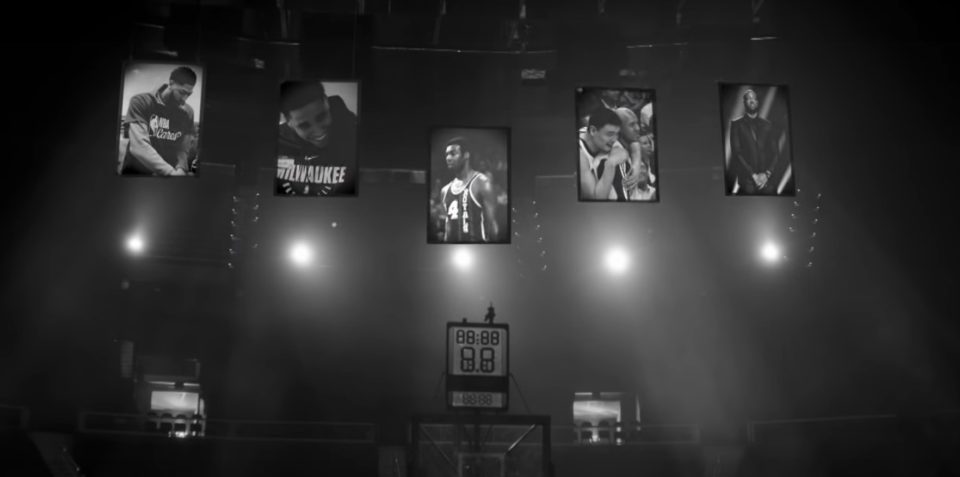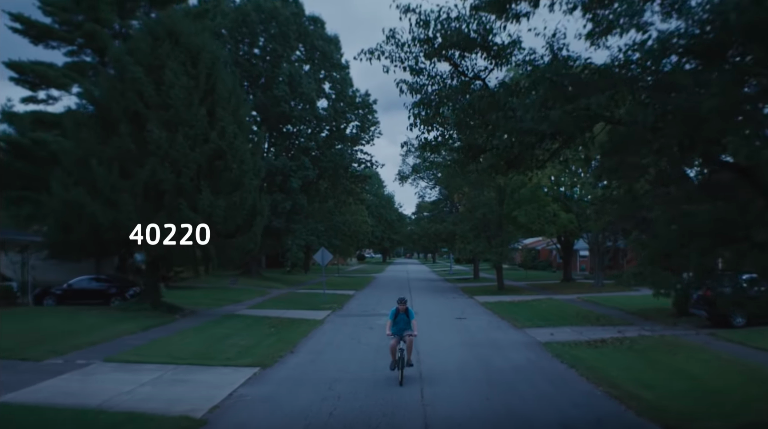From the moment the lines are written to the second the film hits the screen, not a creative detail is spared in the world of filmmaking—especially when it comes to editing. We got the chance to speak with Lost Planet’s Ben Rodriguez, who edited Paul Schrader’s recent film First Reformed, to chat about his favorite scenes, overall process, and the creative inklings that occurred inside the edit bay.
What’s the biggest difference between editing a film and editing a spot?
The duration is the biggest difference. You have to be fully in it, especially considering the fact that a film so long. Your focus on every aspect of the story has to be sustained throughout months of working on the same thing as opposed to working on a spot for a few weeks.
What was your favorite part of working on First Reformed?
The entire process was awesome, but I really liked the weekly screenings we held throughout. We’d invite friends, critics, peers, and family and see their reactions and then go back and tweak things. Going back and forth between editing and screening created a nice process that enabled us to shape the film, add in different tones, and hammer things out in an iterative way. Working with Paul was super fun—just being in the room with him and collaborating to create this film was such an awesome experience.
Tell us a bit about your creative process.
We started at square one and went in progression with the film. Paul would come in every single day and we would look at the scenes and begin shaping the narrative on screen. First Reformed was guided by this larger idea of breaking out of the more conventional movie edits. We weren’t cutting on certain action scenes or dialogue—we were trying to do a lot of withholding throughout the film, and that’s something that comes through with not only the editing, but the performances, dialogue, and so much more.
The film has a very specific mood and aesthetic. How did that come to fruition through editing?
Everything was meant to look and feel minimal and bare and we were just trying to pick the right moments that would exude this overall vibe. Paul was interested in working in this vein of slow cinema where you play with the expectations that audiences tend to have with a film. Movie-goers may not even be conscious of the fact that they have these general expectations around when scenes will end or cut. We were trying to play with that and fill in all of these unexpected moments where we’d hold onto a shot and bring viewers out of their comfort zone. In slow cinema you bring viewers into the film as opposed to bombarding them with everything sound-wise and picture-wise. First Reformed does this, and gets progressively more tense and more eerie as time goes on.
The film was also shot using a difference aspect ratio, which was partly inspired by the film Diary of a Country Priest. The 1:3:3 aspect ratio makes it so that the film immediately feels like a different experience and world. It was so interesting to see what the framing did to the faces on screen, the body composition of actors, and all the other components that really helped capture this specific type of story—it all felt right for the tone that Paul wanted.
What’s your favorite scene in the film?
I always get excited to see the pepto-bismol scene because I think things are really working well there. The scene marks a tonal shift to a much more darker and militant type of place, which I love. That whole moment when he is pouring the pepto into the glass was a direct reference to Taxi Driver, which is a fun little tidbit.
I also love the scene with Ethan and Amanda right after her husband kills himself. The lighting, dialogue, framing, composition—it’s all so beautiful and really makes the scene such a powerful moment.
And then the end of the film is fantastic. I love how it just cuts off, and seeing it with a big audience makes that moment feel so much more powerful and visceral.





